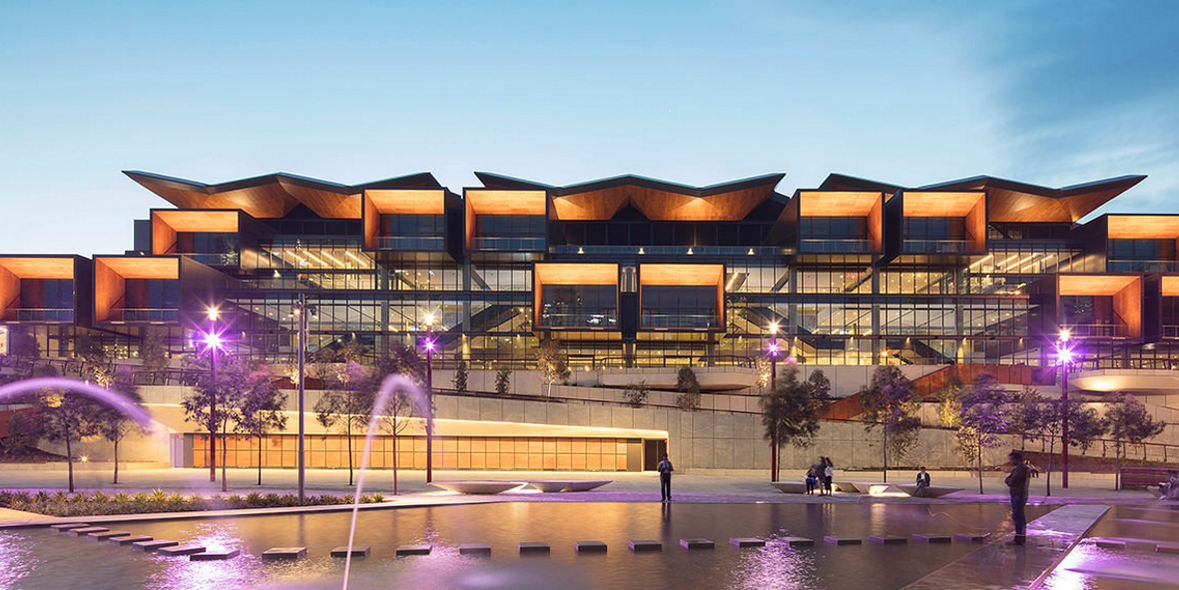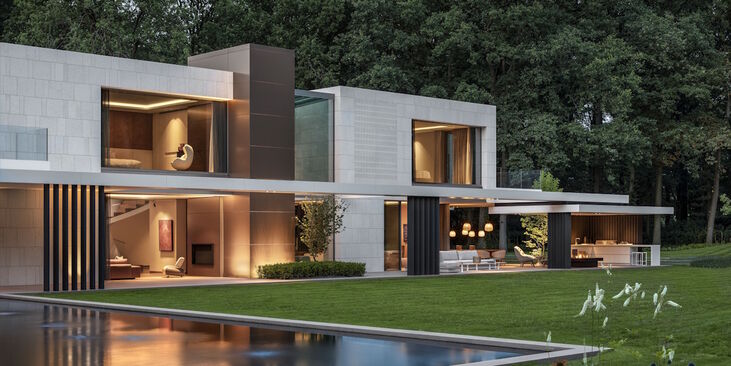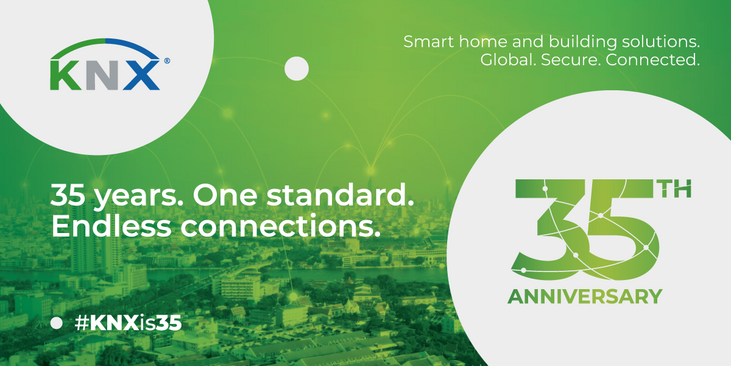12. Sep 2019
International Convention Centre Sydney

KNX provides over-arching control of world-class complex in Sydney, Australia, for complete reliability.
The International Convention Centre Sydney (ICC Sydney) was an initiative by the NSW Government to update the precinct to deliver Australia's global city with world-class facilities. The 20-hectare precinct, AU.5 billion redevelopment provides for a diverse range of convention, exhibition and entertainment events via its three dedicated and purpose-built venues which all seamlessly link together via a common internal walkway. The project was completed at the end of 2016 and is located in the Sydney CBD (Central Business District).
The NSW (New South Wales) Government commissioned Lend Lease as the builder, and Ecoview as the electrical contractor. Ecoview is the integration arm of Stowe Australia, one of the largest privately-owned electrical contracting businesses in Australia. Boosting 100 years of continual service in September 2010, Stowe's annual revenues is over AU00 million and employs over 1500 people.
The briefThe brief was to create world-class facilities using the best technologies available. The complete precinct needed to be controlled as one facility. Having high-end meeting rooms demanded high-end connectivity. This meant full integration with the AV system for control not only of all aspects of the lighting but also the motorised blinds etc. The venue is truly a multipurpose facility, so reliability is paramount. Among its facilities are the 8000-seat ICC Theatre that can be adapted to host pop and rock concerts, tennis matches and world renowned comedic performers, the 32,600m2 ICC Exhibition Centre, Australia's largest grand ballroom, an open air 5000m2 event deck and 2000m2 of dedicated meeting and hospitality rooms.
There are strict abatement clauses in place with this facility whereby if there were any significant system outages, massive fines are in place to recoup lost ticket sales etc. This meant that we needed to not only monitor the health of the system but also the luminaires as well.
The solutionIt was apparent that KNX was our only option. The KNX system not only controls Front of House areas but also monitors individual spaces and luminaire run times. This covers the lamp and ballast failures of well over 10,000 individual luminaries for the reactive as well as predictive maintenance of the facility.
With 4788 luminaries just in meeting rooms, theatre spaces and exhibition spaces, we decided to use DALI luminaires for their control and monitoring capabilities. This means that the overarching head-end KNX solution is constantly monitoring, and provides an alert if a single luminaire or field KNX device fails, as well as passing this information to the BMS via BACnet should there be an alarm.
Careful consideration was given to the design of the network topology because, being a public venue, we needed a solution that was flexible yet robust. We decided not to be completely reliant on the ICN (Information Centric Networking) infrastructure and adopted the silo effect. Each building was broken into quarters and each entry-level zone was supported via Ethernet. From there, a dedicated twisted-pair backbone was created for each vertical quarter, with Line Couplers used to provide independent level isolation. This was then supported by Logic Modules which were programmed to revert to a fall-back condition, depending upon what mode the building was in, should there be a circumstance that required it.
Products and technologies usedAs this is an international facility, any user-initiated interaction with the system had to be linguistically neutral. Hence lighting control panels in user-occupied spaces had internationally recognised symbols and text explaining the functions for non-English speaking hirers.
Depending on the individual spatial requirements, either password-protected touchscreens, lighting control panels, PIR motion detectors, microwave motion detectors or a combination, have been employed to ensure the space meets the specified requirements.
The only tools we needed for planning and system design were ETS and standard design, CAD and BIM modelling procedures.
InstallationA team was located onsite for the duration of the project in order to handle all of the installation queries, numerous meetings and required commissioning tasks. Once zones became open to us to commission, we would complete them. We had dedicated DALI commissioning crews as well as KNX commissioners. The builder's programme was staggered so that services would move around the precinct.
Design started late 2013, construction started early 2014 and completion was in late 2016. We did not come across any challenges other than items outside of the KNX scope and general construction issues associated with such a large-scale endeavour. Furthermore, no additions or changes were needed since commissioning and handover.
The benefits of using KNXThe fact that we could select the best technologies from multiple vendors and combine them seamlessly into one native system was seen by the business as the major benefit. Compared to other propriety systems, commissioning is simplified via the one ETS commissioning tool which is used for the whole KNX installation.
Project: International Convention Centre Sydney
A project by: Ecoview
Contact: Jason Escolme
Highlights
-
 Press
PressETS6 Roadshow 2025 marks global success, showcases power of ETS6.3
ETS6 takes center stage during the month of May with 24 roadshow stops all over the world. -
 News
NewsThe KNX Journal 2025 is now available
The latest edition of our annual smart home and building solutions magazine has arrived. The KNX Journal 2025 offers ... -
 KNXtoday
KNXtoday#KNXis35: KNX history and evolution
KNX is 35. This worldwide building control standard, initiated by a handful of visionary European manufacturers, now has ...


